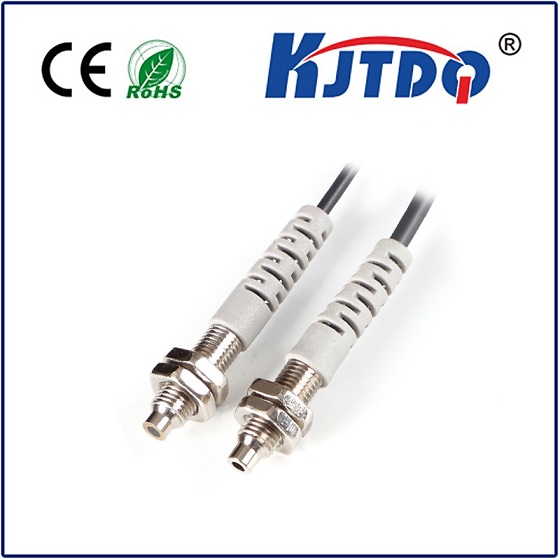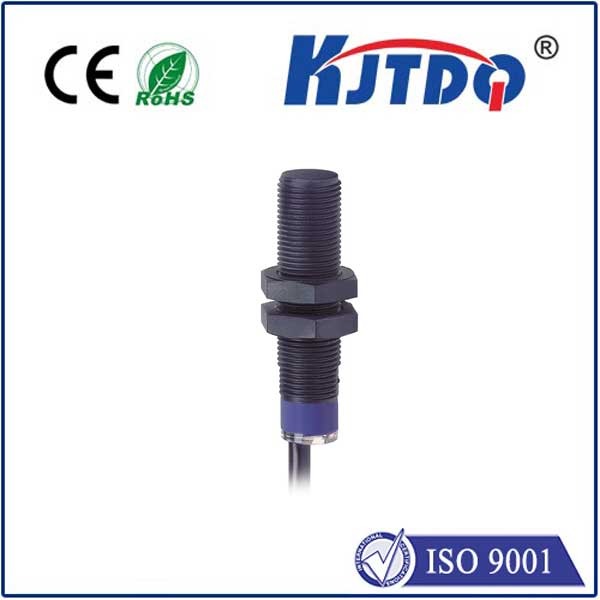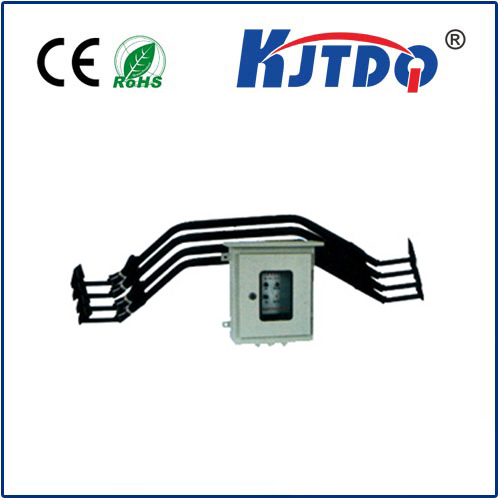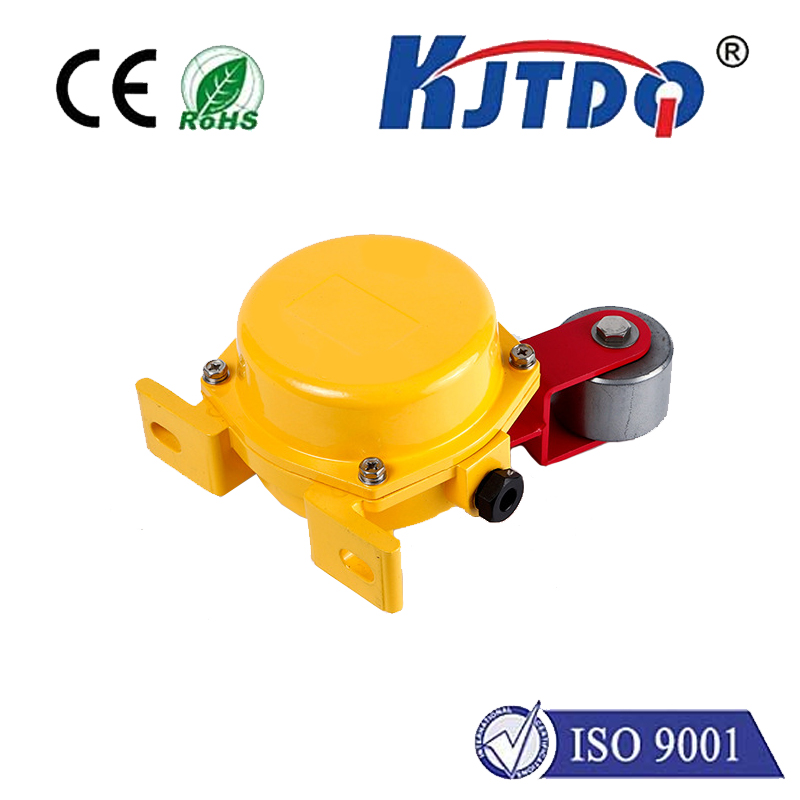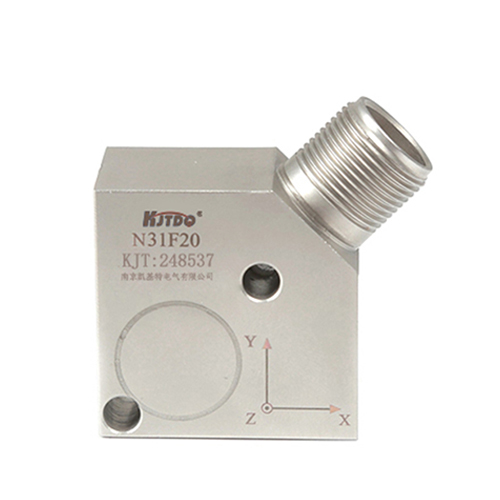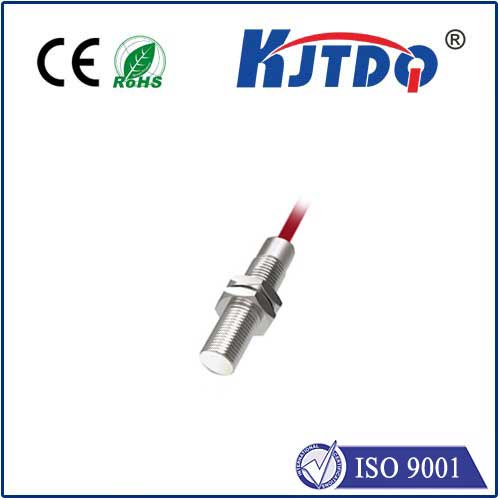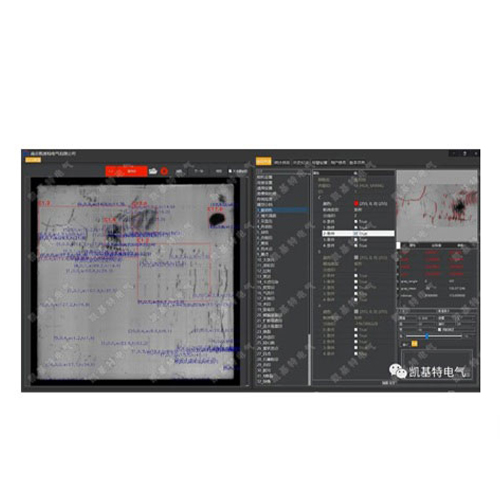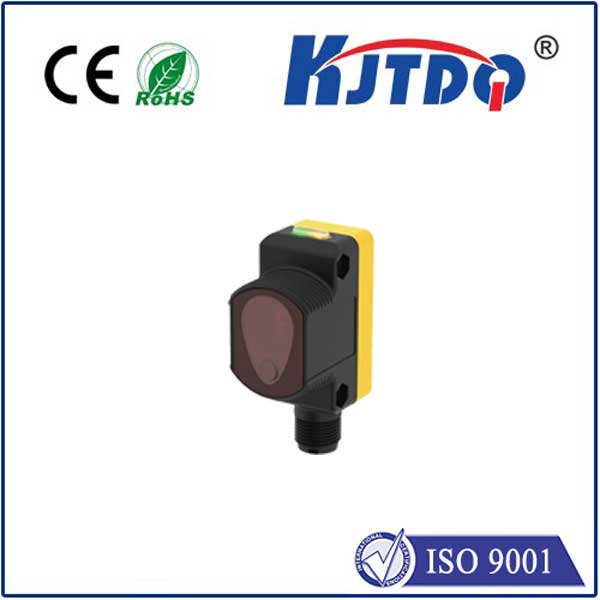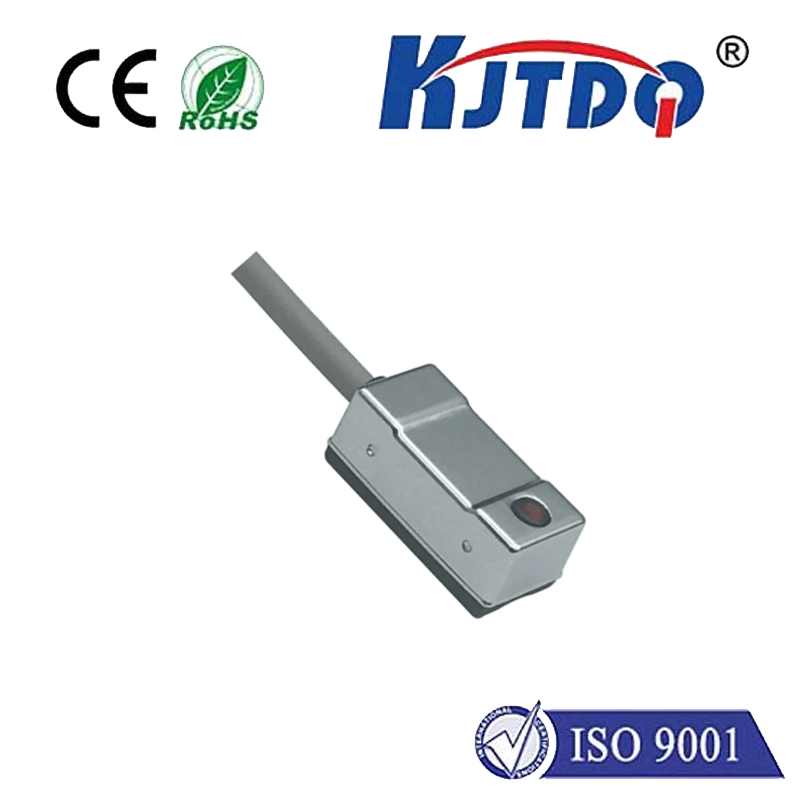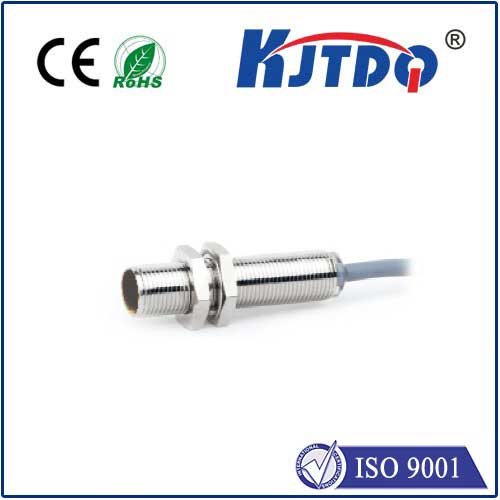

check

check

check

check

check

check

check

check

check

check
Title: Exploring the Versatility of Thermoplastic Limit Switches
Introduction
In the world of automation and manufacturing, limit switches are essential components that enable precise control over machinery movement. Among various types of limit switches, thermoplastic ones stand out for their unique blend of durability, reliability, and cost-effectiveness. In this article, we will delve into the characteristics and applications of thermoplastic limit switches, highlighting their role in industrial processes.
Understanding Thermoplastic Materials
Thermoplastic materials are polymer compounds that can be heated and reshaped repeatedly without a chemical change in their composition. This property makes them ideal for use in limit switch housings as they can withstand high temperatures and resist corrosion from chemicals and other environmental factors commonly found in industrial settings.

Design Features of Thermoplastic Limit Switches
The design of thermoplastic limit switches typically incorporates sturdy construction with sealed contacts to prevent dust and moisture penetration. These switches often feature an actuator arm or roller mechanism that activates when it comes into contact with a predetermined position, triggering a signal output to control systems. The actuator design varies depending on the specific application requirements, such as lever, roller, or plunger types.
Advantages of Using Thermoplastic Limit Switches
One significant advantage of thermoplastic limit switches is their ability to maintain functionality across a wide temperature range. They are also impervious to many solvents and chemicals, making them suitable for harsh environments where other materials might fail. Additionally, they offer excellent value for money compared to more expensive alternatives like metal-enclosed switches.
Applications of Thermoplastic Limit Switches in Industry
Thermoplastic limit switches have diverse applications across various industries. In conveyor belt systems, they can monitor item presence or absence at different stages of production. In packaging machinery, they ensure proper alignment and registration of products before sealing operations. Furthermore, they are used in robotics to define end points for automated arms and grippers, ensuring precision positioning during assembly lines.
Maintenance and Installation Considerations
While thermoplastic limit switches require minimal maintenance due to their robust nature, regular inspections should be conducted to check for any signs of wear or damage. Proper installation is crucial for optimal performance; mounting brackets must be secure, and wiring connections should be protected against potential short circuits or disconnections.
Conclusion
Thermoplastic limit switches represent a reliable and cost-efficient solution for machine control in demanding industrial environments. Their resilience to extreme conditions coupled with their versatile design makes them an indispensable component in modern automation technology. As industries continue to evolve, the importance of these switches will undoubtedly remain a cornerstone in maintaining smooth operations and enhancing productivity levels
